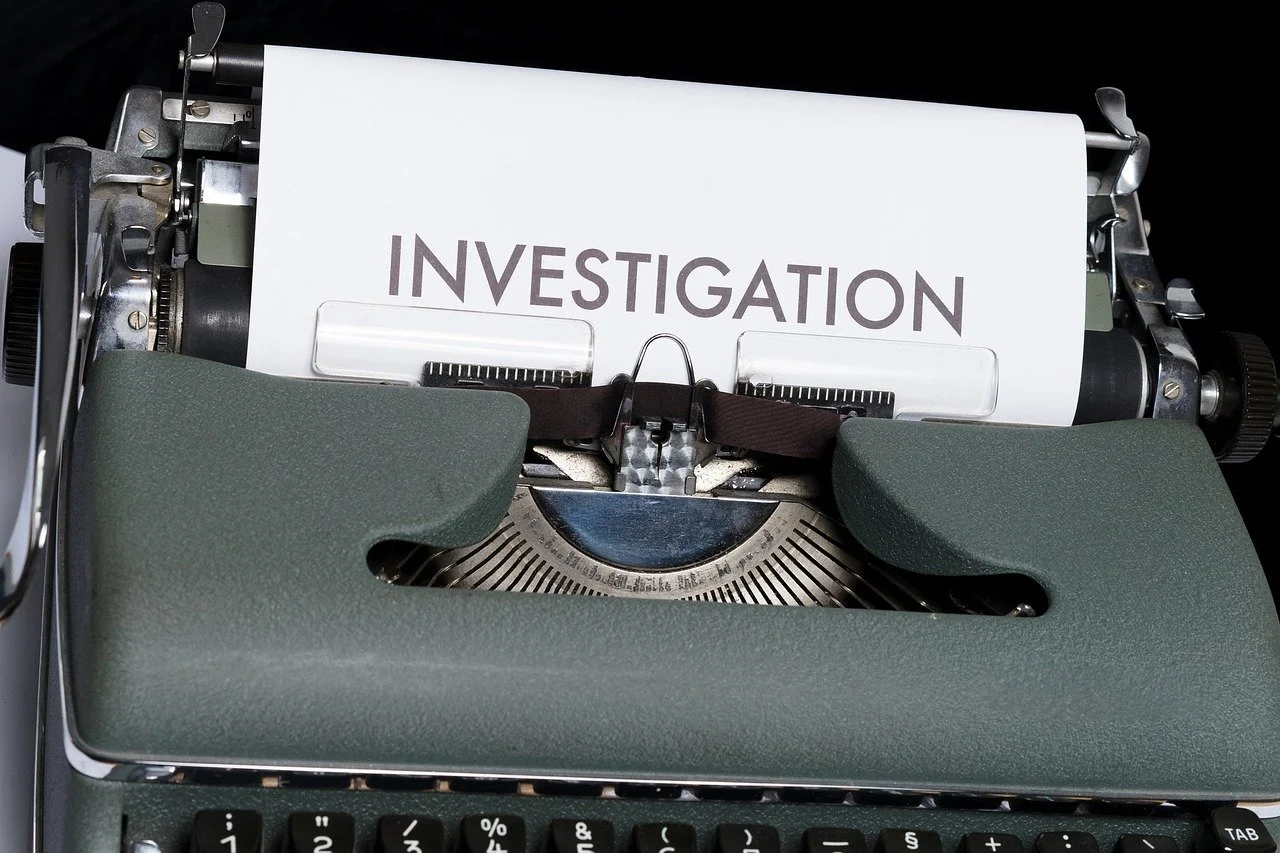When an adoptee calls me, I immediately assume they are interested in seeking out someone from their biological family. Or conversely, when a birth parent calls me, it’s typically because they want to find the child they placed for adoption. I assume this right off the bat because, if I was adopted or a birth mom myself, that’s the only reason I would be calling a private investigator who specializes in reuniting biological family members.
Most of the time, that assumption is spot on. But sometimes, it’s not.
My assumption was wrong when a birth mom called to ask me if it’s possible for the child she placed for adoption to find her if the adoption was closed and she doesn’t want to be found. It was also wrong when an adoptee called to ask if she could be identified by her biological family if she’s changed her name.
Not every adoptee and birth parent who calls me is intent on identifying and locating a biological relative.
We all make assumptions. Sometimes they’re right. Sometimes, they’re wrong. We often take those assumptions a step further, combining them with evidence, and turn them into inferences. Although inferences are more reliable than assumptions, just how reliable are they and where do they fit into an investigation?
I currently have a client, an adoptee, who hired me to find her biological mother. During that process, I’ve uncovered much about my client’s biological grandmother, aunts, uncles, and first cousins. However, I haven’t yet found much about her biological mother.
At first, it appeared that her biological mother might possibly be estranged from the rest of her family. This was, of course, somewhat concerning for my client. She began to wonder why her birth mom doesn’t appear to be close to any of her family members. Does she have a drug problem? Mental health issues? Is she simply combative and difficult to maintain a relationship with? Did they have a falling out? My client and I both made inferences as to the why. And I kept digging.
Then I uncovered the real reason. My client’s birth mother was herself adopted. She’s not estranged from the family after all. She simply was raised in a different family, just like my client. In this case, our inferences were wrong.
Another example from a former client is a biological half sister I attempted to contact with a phone call. I barely got two sentences out before she completely shut me down and said she wasn’t interested in anything I had to say. Click. My inference this time was that the half sister knew about my client and wanted nothing to do with her.
But again, I kept going. I mailed her a letter from my client and, lo and behold, she called me and we had a wonderful conversation, after which I connected her with her half sister.
The failed phone call was not encouraging. I figured this would likely be a dead end for my client. But I was wrong. We tried the letter, which spoke to the sister and prompted her to reach out.
You’ll notice in both of these cases that although I made some inferences based on my research up to that point, my investigation didn’t stop there. I kept digging. That’s the most important part. Investigators must keep digging until the facts are uncovered and laid bare.
It’s okay to make some assumptions and inferences along the way. That’s just a natural part of research. But it’s so important to do everything possible to keep going and either prove or disprove them. Anything less is an injustice to our clients.

